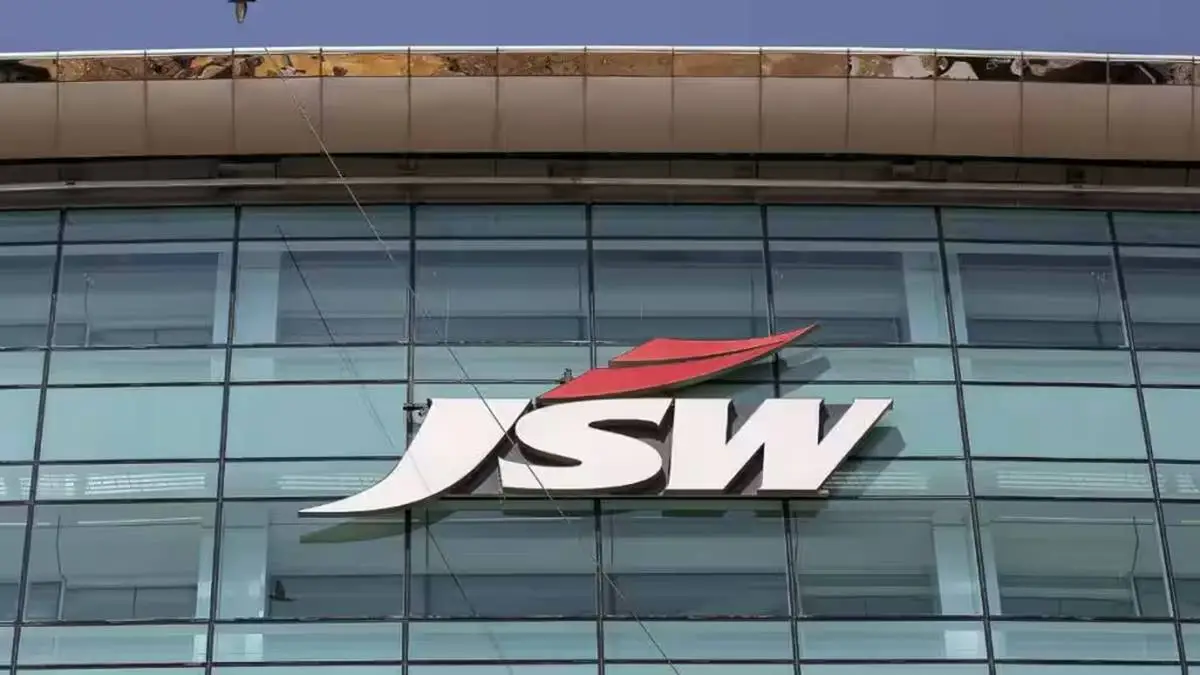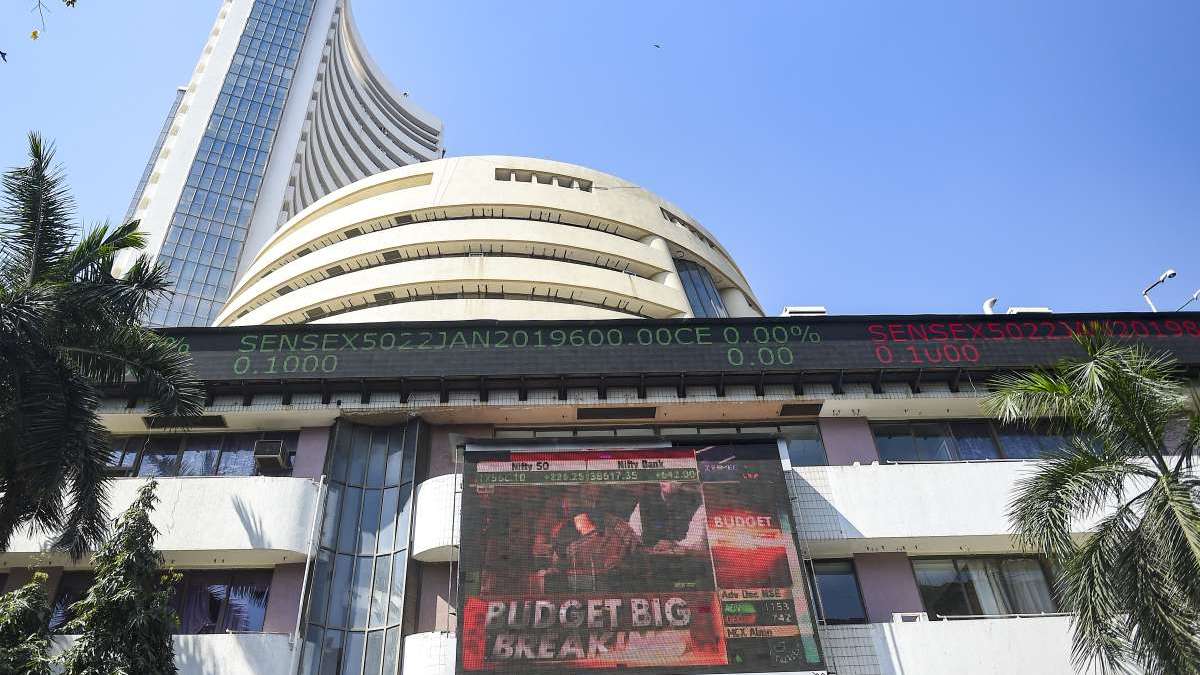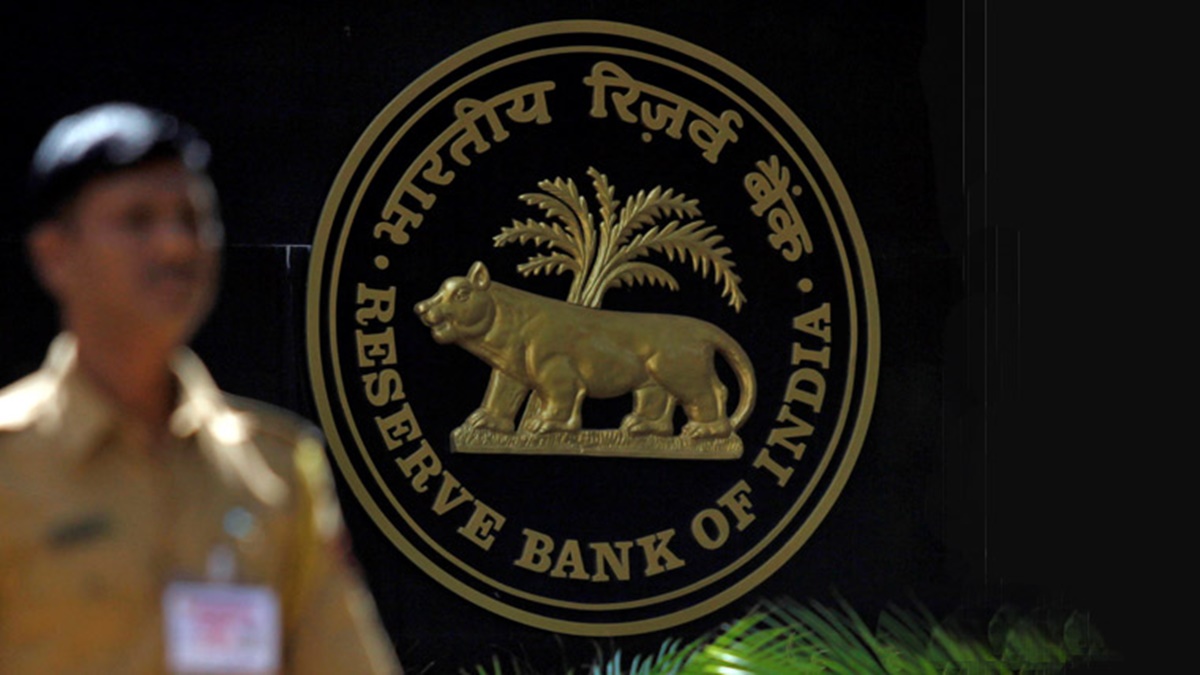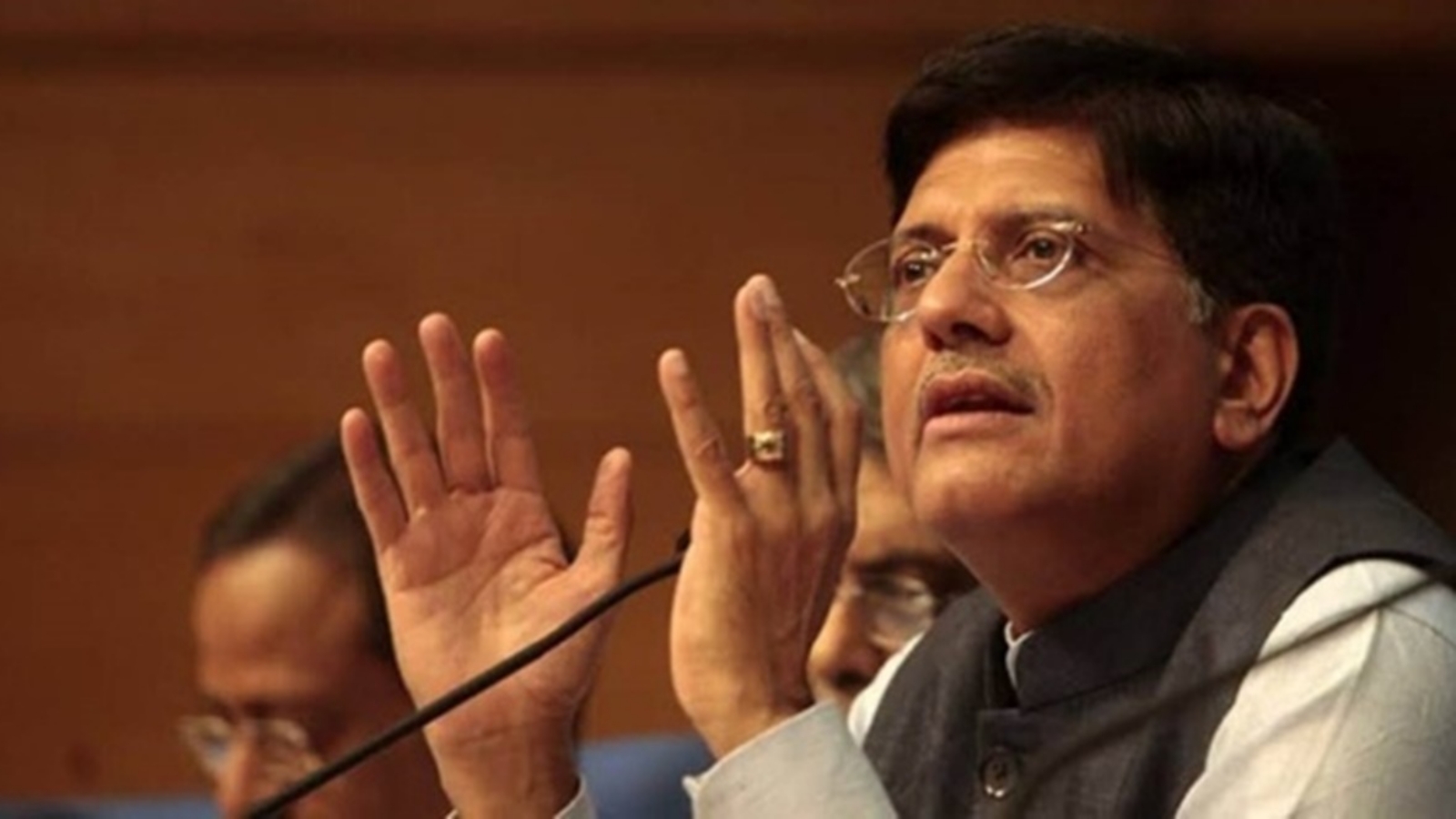By Pratik Shah and Anand Mihir The Reserve Bank of India has warned non-banking financial companies (NBFCs) against aggressively chasing “growth at any cost” and how this could eventually impact the entire financial system. The authors explain what led the regulator to sound the warning Over the last decade, NBFCs have shown resilience amidst systemic shocks like Covid-19 and the IL&FS crisis thanks to crucial regulatory support and stronger balance sheets. NBFCs have witnessed exponential growth in the post-Covid era led by unsecured lending with inquiry volumes increasing across product categories. The share of NBFCs in total credit has been consistently high at a three-year average of 25%. Unsecured loans such as personal loans have been the driving force (nearly tripled since FY21), contributing to ~28% of the incremental growth in retail loans as of FY24. Unsecured personal loans by NBFCs have grown at a CAGR of 44% during FY21-24 to reach Rs 2.93 lakh crore. A report by TransUnion CIBIL reveals that the middle-class young consumer (age less than 35 with credit scores of 620-720) is the primary driver behind the surge in demand for unsecured loans with 51% share (~45% share in March 2020). Further, the total bank credit to NBFCs has increased at a CAGR of 17% to Rs 15.2 lakh crore. Advent of data analytics and increased focus on customer centricity have encouraged lenders to offer innovative products, including no-cost EMI options. Given the burgeoning unsecured lending space and interconnectedness with banks, the RBI from time to time has expressed discomfort at the expanding share of certain unsecured loan products. Also, there are concerns about higher delinquencies in small-ticket personal loans. Delinquency levels for those with personal loans below Rs 50,000 was 5% in March 2024 against ~2.8% a year ago. NBFC-fintechs, which have the highest share in sanctioned and outstanding (46.8% in March 24) personal loans, had the second highest level of delinquency at 4.9% in March 2024. Vintage delinquency, a measure of slippage, was 8.2% in March 2024. In fact, a little more than half of the borrowers in this segment have three live loans at the time of origination and more than one-third have availed more than three loans in the last six months. Besides build-up of stress, the RBI has flagged certain lending practices of select smaller NBFCs, fintechs and micro-finance institutions (MFIs), especially in the unsecured loan business. These pertain to lack of comprehensive credit evaluation, incorrect application of risk weights, higher loan-to-value, cash disbursal beyond statutory limits, absence of collateral monitoring and poor KYC compliance by third parties. Even for certain secured products like gold loans, similar concerns relating to lending practices were expressed by the RBI. It has also expressed concerns around select NBFCs, MFIs and HFIs focusing on excessive returns on equity. This is especially concerning when they charge usurious interest rates, high processing fees, and impose frivolous penalties. RBI has also raised concerns regarding customer complaints in the NBFC and fintech sectors, primarily focusing on the adequacy of grievance redressal mechanisms and compliance with regulatory standards. Most issue arise from lax under-writing standards and insufficient risk assessment practices. The RBI norms call for robust internal controls and compliance checks. In November 2023, it had announced a sharp hike in capital requirement on unsecured retail loans for banks and NBFCs as well as on banks’ credit exposure to NBFCs (excluding housing finance companies). It now prescribes higher risk-weights to the extent of 25pps in these two segments. It has sought detailed disclosure of data from select NBFCs on their outstanding loan book broken down by product type and annualised interest charged. The message from the regulator is that it wants to advocate disciplined growth in these segments. The concern emanates from the fact that select NBFCs are pursuing a “growth at all costs” approach without focusing on building sustainable business practices and risk management frameworks aligned to the complexity of the portfolio. Although the current exposure of banks and NBFCs within the retail unsecured segment may not necessarily be drawing parallels with the last NPA cycle (driven by stress in corporate segment), it shall certainly be dealt with more timely preventive measures. Prudent lending practices and continuous portfolio monitoring shall be key to sustain the healthy growth momentum in retail loans segment. The increased risk weights have helped to streamline the growth in consumer credit, but continuous monitoring is essential to address emerging risks and ensure the robustness of the financial system. The RBI’s caution aims to ensure that NBFCs maintain sound risk management practices while promoting responsible lending. Shah is Financial Services leader and Mihir is partner & leader, Financial Services Risk Consulting, at EY India . Disclaimer: Views expressed are personal and do not reflect the official position or policy of FinancialExpress.com . Reproducing this content without permission is prohibited. None
Popular Tags:
Share This Post:

'Many are mistreated...': When Ratan Tata opened up about his personal journey behind cancer care
October 17, 2024
JSW energy subsidiary signs PPA for its wind-solar hybrid capacity with GUVNL
October 17, 2024What’s New
Spotlight
Today’s Hot
-
- October 17, 2024
-
- October 17, 2024
-
- October 17, 2024
Hyundai IPO subscribed 42% on Day 2; retail quota booked 38%
- By Sarkai Info
- October 17, 2024
Featured News
Weaver Services acquires Capital India Home Loans
- By Sarkai Info
- October 17, 2024
SEBI makes availability of sale proceeds to FPIs on settlement day
- By Sarkai Info
- October 17, 2024
India, Australia speed up FTA negotiations
- By Sarkai Info
- October 17, 2024
Latest From This Week
Quality control orders now cover 732 products helping curb cheap quality imports: Goyal
ARTICLE
- by Sarkai Info
- October 17, 2024
India faces ‘tariff asymmetry’ in ASEAN agreement: Official
ARTICLE
- by Sarkai Info
- October 17, 2024
India Inc’s capacity utilisation falls off 44-quarter peak
BUSINESS
- by Sarkai Info
- October 17, 2024
Subscribe To Our Newsletter
No spam, notifications only about new products, updates.




























